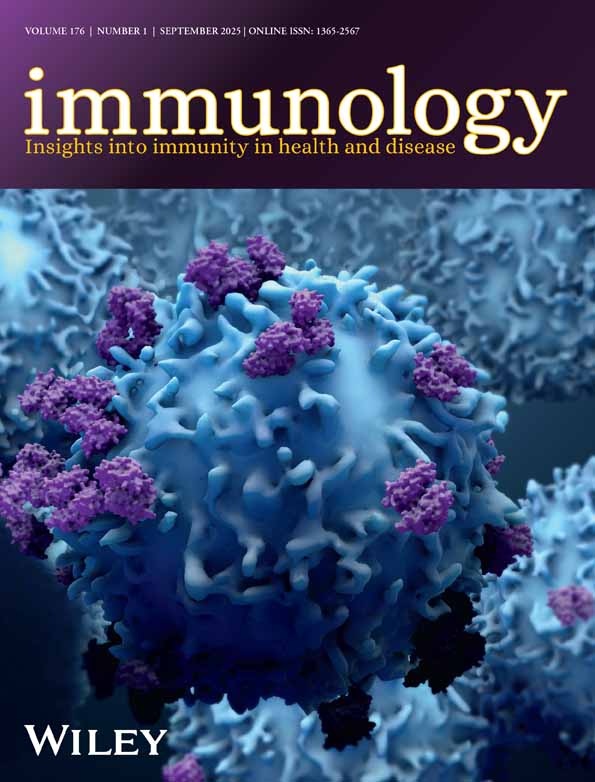Induction of single and dual cytotoxic T-lymphocyte responses to viral proteins in mice using recombinant hybrid Ty–virus-like particles
Abstract
The induction of cytotoxic T-lymphocyte (CTL) responses to viral proteins is thought to be an essential component of protective immunity against viral infections. Methods for generating such responses in a reproducible manner would be of great value in vaccine development. We demonstrate here that the recombinant antigen-presentation system based on the yeast transposon (Ty) particle-forming p1 protein is a potent means of inducing CTL responses to a variety of viral CTL epitopes, including influenza virus nucleoprotein (two epitopes), Sendai virus and vesicular stomatitis virus nucleoproteins, and the V3 loop of human immunodeficiency virus type-1 (HIV-1) gp120. CTL were primed by hybrid Ty–virus-like particles (VLP) carrying the minimal epitope or as much as 19 000 MW of protein. Ty–VLP carrying two different epitopes (dual-epitope Ty–VLP) were capable of priming CTL responses in two different strains of mice or against two epitopes in the same individual. Furthermore, co-administration of a mixture of two different Ty–VLP carrying single epitopes could induce responses to both epitopes in the same individual. Ty–VLP appear to represent a reproducible and flexible system for inducing CTL responses in mice, and warrant further evaluation in primates.




